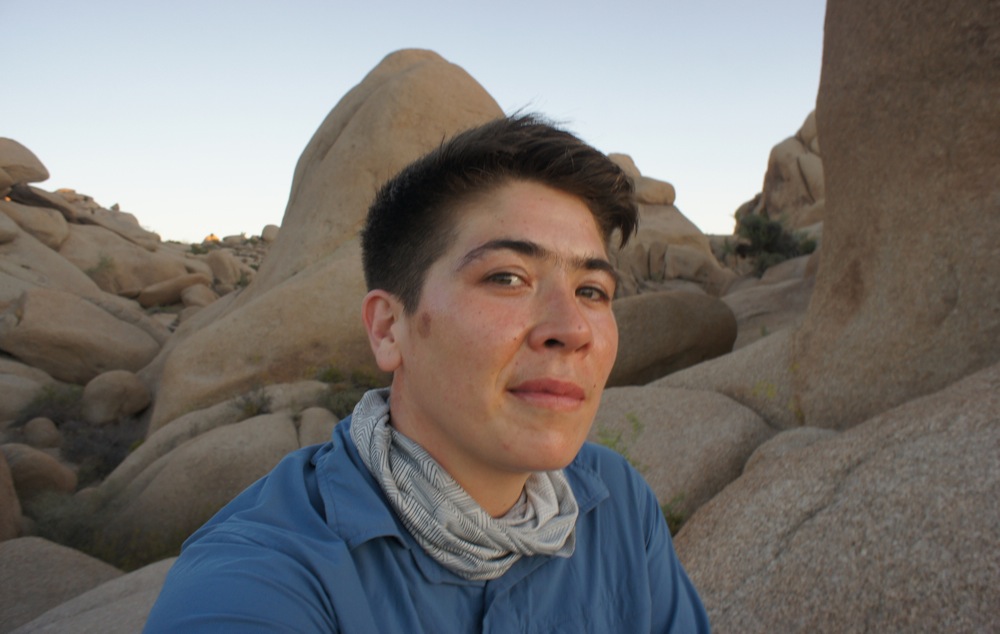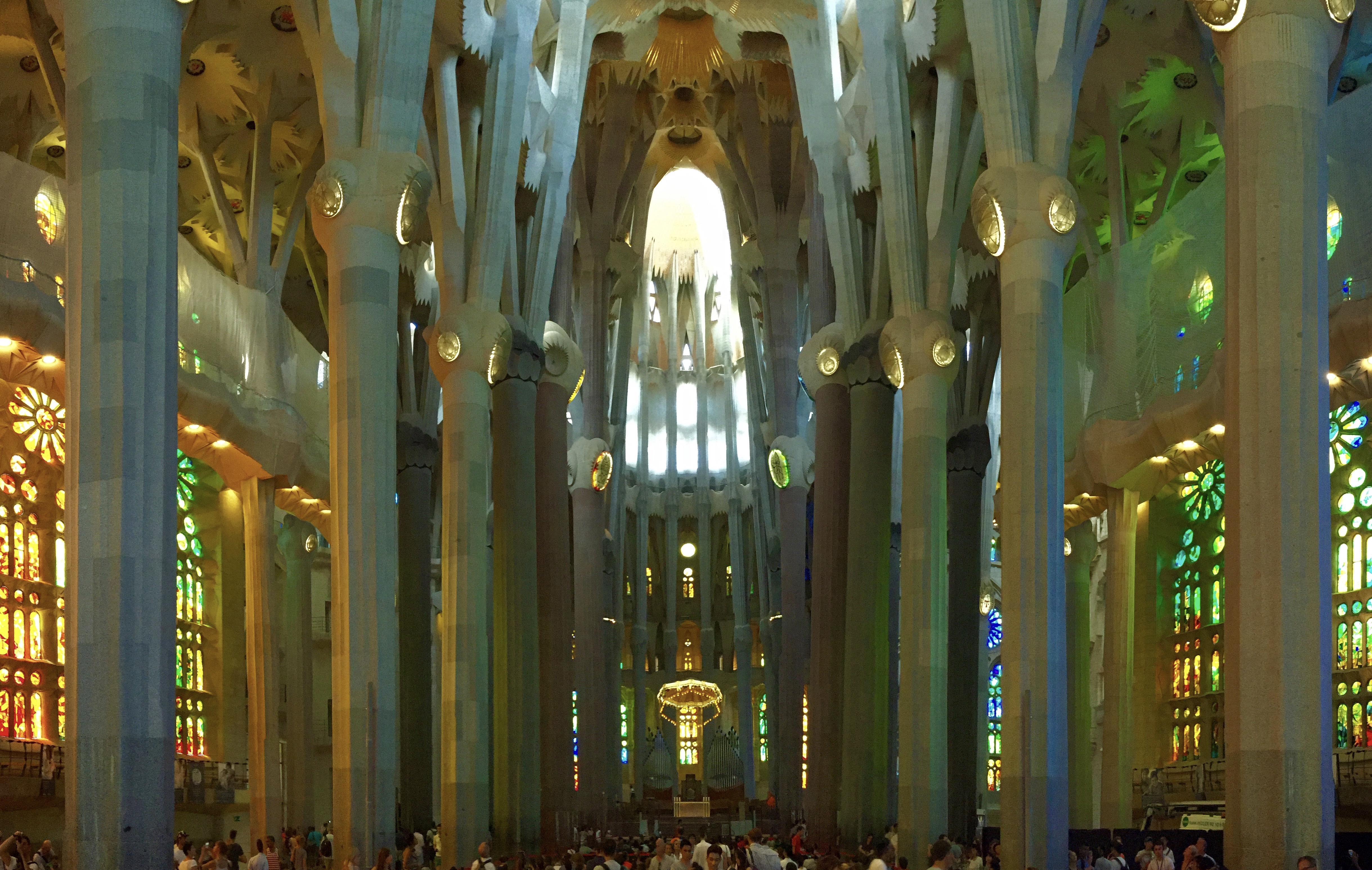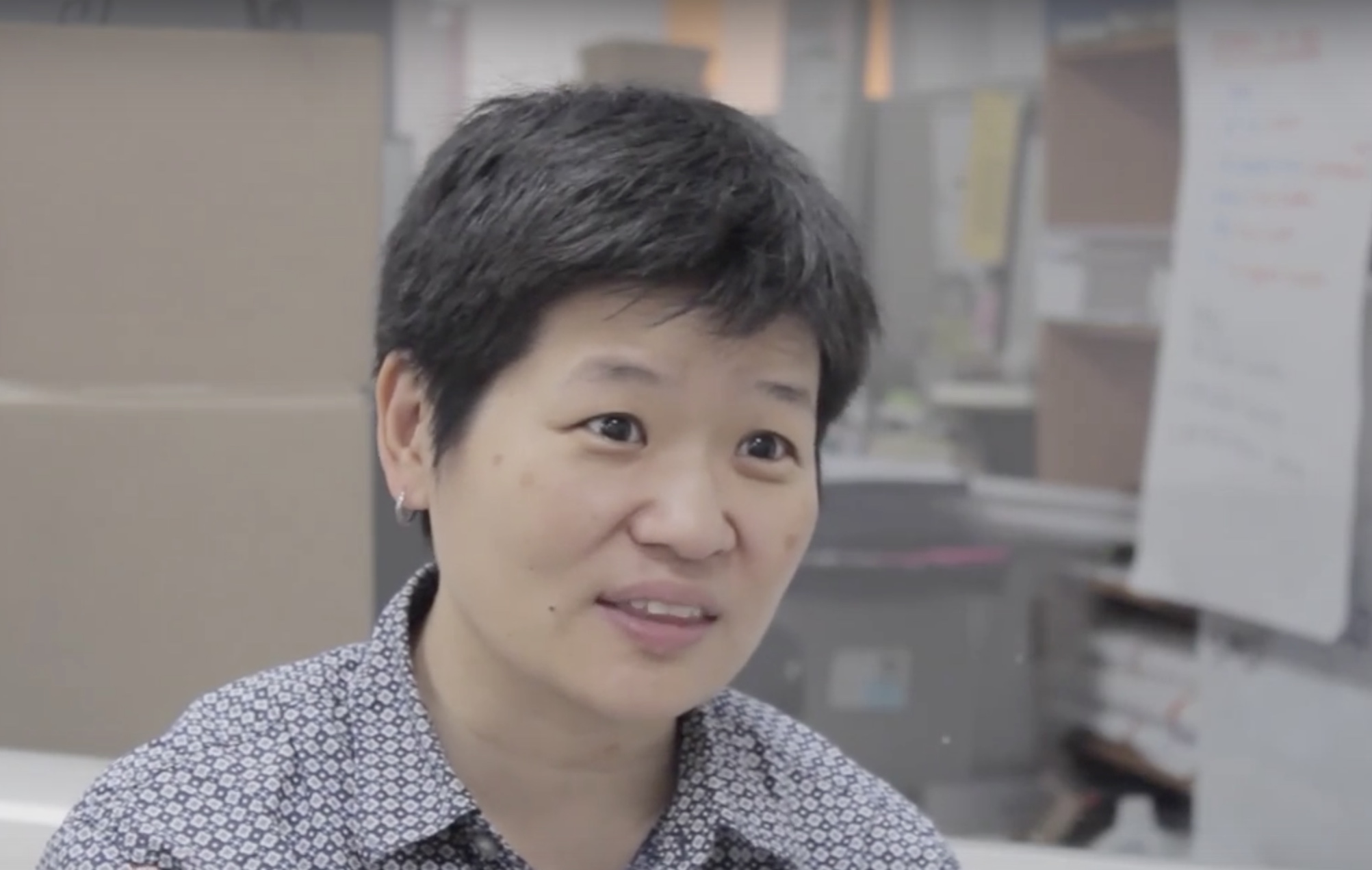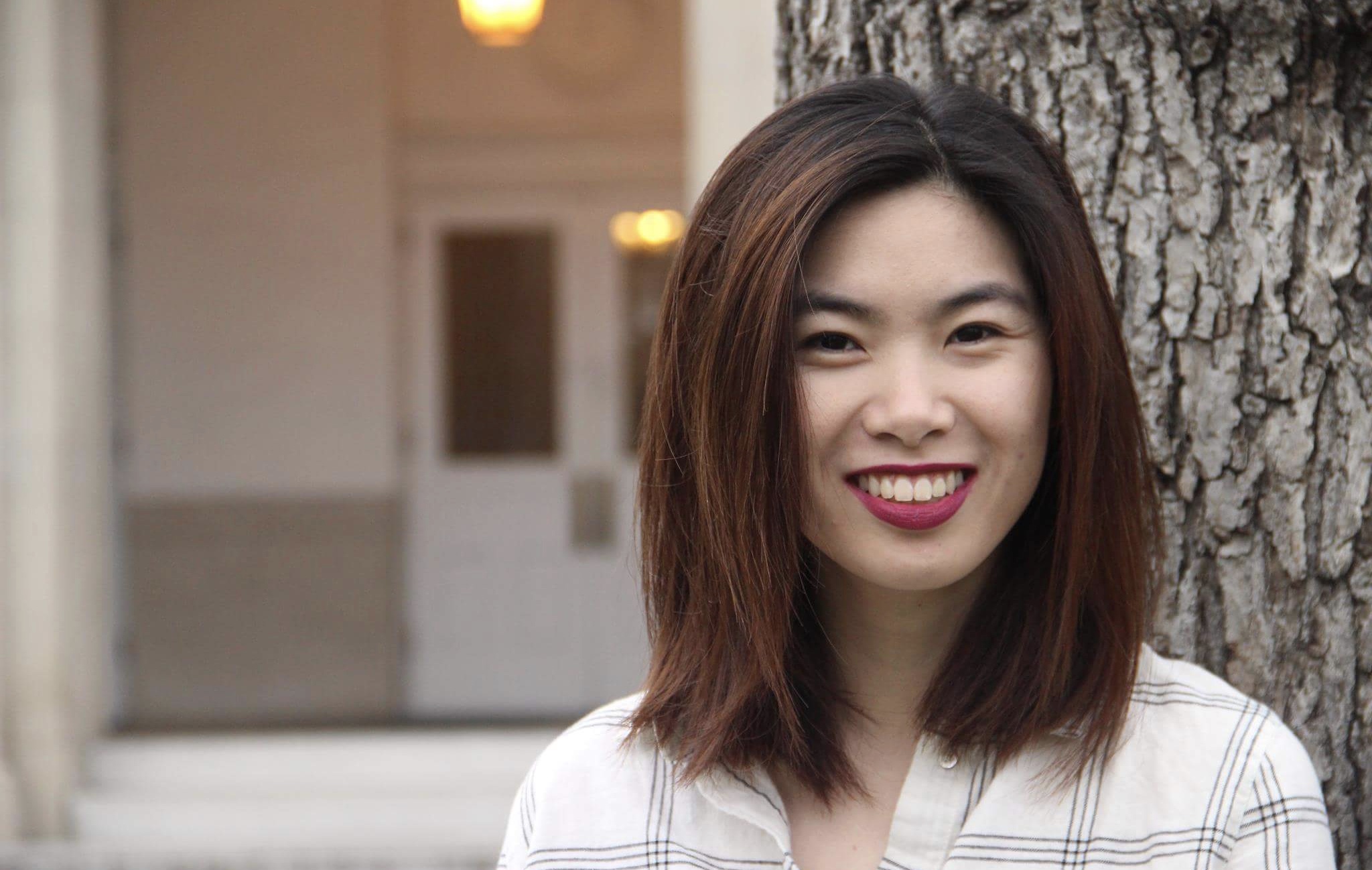
riKu Matsuda
In August, 1977, I was delivered at home in Garden Grove, California, by a midwife named Woody. Woody assigned my sex as female, and my mother gave me a girl’s name to match. According to my birth certificate, I am Oriental (via my mother) and Caucasian (via my father). And although I have no paperwork to prove it, I was also assigned heterosexual. Today, I identify as Asian, Nikkei, Japanese American and as a mixed-race, queer, trans man of color with white skin privilege.
“What are you?” is a question I have been answering from the time I could speak. The first person who asked me this was not a probing stranger but my grandmother, a survivor of forced evacuation and incarceration by the US government. She expected one answer, the right answer: “Japanese.” It was a call-and-response game she designed to reinforce my racial and cultural identity as Nikkei and Japanese American.
From kindergarten through 4th grade, I went to a private Lutheran school with rich white kids, my brother and a handful of other kids of color on financial aid. Every Wednesday during chapel (where I refused to wear a skirt unless I could wear shorts underneath), we were guided to pray for “the needy,” which included naming all the scholarship families. My brother’s first Member’s Only jacket was a gift from his classmate’s mom, who felt bad he was the only kid in 5th grade without one. My brother and I comprised 50% of the Asian American population in our school and were the only kids from a family headed by a single, Japanese American, working class woman. Kids would regularly ask me if my mom was Chinese, spoke English or made sushi. At recess, everyone’s favorite hand game to play with me was “Chinese Japanese Indian Chief.”
By the time I was eight years old, I expected people to see me as “different” and read me all kinds of wrong.
My first love and broken heart belongs to a mixed-race boy named Danny. Other kids made fun of beautiful, brown, feminine Danny who didn’t know his dad. Danny cried easily, spoke with a lisp, and loved cute things like puppies and stickers. He didn’t like sports or mean games. We were best friends, and when I returned to school one fall and learned Danny had moved away that summer, I felt my first queer heartache.
When I was 10, my mom remarried, and we moved to the Antelope Valley. During the early 1990s, the AV was infamous for its high rates of child abuse, white supremacy and meth production. There was very little tolerance for people of color and even less tolerance for queer and trans people. The only gay bar in the area was called the Back Door, because the only entrance was a back door.
In 1992, after a torturous middle school period of painful puberty and letting go of the days of childhood androgyny, I grew my hair very long, bleached my bangs blonde, started going “grunge” and discovered the word “lesbian.” I first came out that year to my two best friends, a bisexual white woman who identified as Black Irish, and a gay Chicano man who identified with James Dean. In reflection, I felt romantic love for both of them but only had the language for one.
During my sophomore year of high school, I quickly started and ended my first sexual relationship with a 20-year-old lesbian. One day in the kitchen I said to my mom, “You know I don’t like boys.” My mom said, “Yes, I know. I’ve known since you were little.” I remember feeling angry and curious about little queer me, who had loved many boys. That acknowledgment of my queerness through such a restrictive binary opposite still makes me sad.
My grandmother didn’t believe Japanese people could be queer. She rarely spoke of gayness, but when she described gay white people, she would use the term “a little funny.” I once asked her how it could be possible that I am queer and Japanese, and her response brought on heartache that strained our relationship until her Alzheimer’s emerged. The same person who taught me I was 100% Japanese told me she thought my queerness came from my father and his unstable hakujin (white) blood. My father suffered from acute paranoid schizophrenia, and his inability to function as a non-violent person led to my parents’ divorce when I was five. My grandma used to say, “probably the hakujin part of you,” every time my brother or I demonstrated non-normative behavior.
As much as I felt fear of retaliation because of the culture of silence, homophobia and heterosexism in my family, I knew my coming out would be easier than if I had been assigned male at birth. I often wonder how my awareness of this delayed my coming out to myself and my loved ones as a trans man who is also queer.
Before moving to Long Beach for college, I asked my female lover to “kill me if I ever cut my hair short like a boy.”
In 1999, I read A Fire Is Burning It Is in Me: The Life and Writings of Michiyo Fukaya, edited by Gwendolyn Shervington and finally saw a reflection of myself in another’s personal and political identity. Reading that book deepened my understanding of intersectionality and propelled me toward more radical political organizing and ideologies. Around the same time, I read Stone Butch Blues by Leslie Feinberg and began to realize I had been suppressing my identity as a man. Both books helped me understand that coming out as a trans man of color was fundamental to my survival.
The difference between being out and being outed is about power. And the power to self-determine and self-identify belongs to all human beings. For me, every coming out is an act of resistance: pushing back against patriarchy, white supremacy, capitalism and colonialism and creating more spaces for social justice and liberation.
Categories: LGBTQ



Great writing. Thanks for sharing your story. Wishing you love & strength in your journey.
Amazing piece! Thanks for mentioning one of my all time favorite books! *Stone Butch Blues*
Yes, “Stone Butch Blues” is one of the best memoir, deeply moving.
Thanks for sharing your journey, I am glad to know about this road you have made.
That was a beautiful, Riku. Thank you.
RiKu,
The important thing is to let people know that children are people too. They think and act and sometimes become emancipated on their own.
That’s what happened to me as a very young gay boy. Your story confirms what I believe. Children do have the ability to understand themselves. No matter what the adults think.
Continue writing.
Dave
Author and Famous Drag Queen Once.